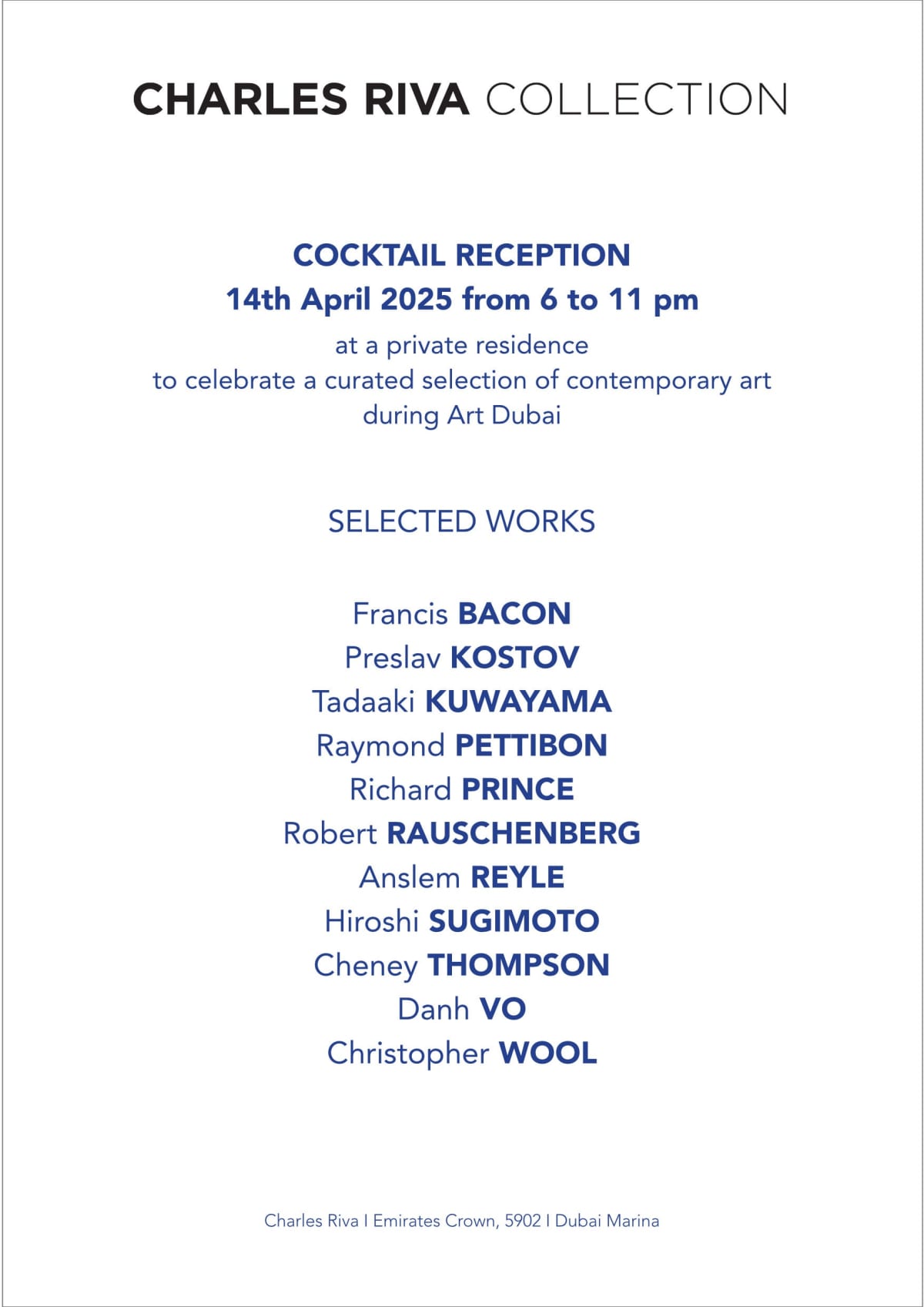Tadaaki Kuwayama Japanese, 1932-2023
“I wanted to make pure art without history.” -- TADAAKI KUWAYAMA
Tadaaki Kuwayama was a Japanese-born, New York–based painter who became a key figure in American Minimalism. Educated in traditional nihonga painting at Tokyo National University of Fine Arts until 1956, he relocated to New York in 1958 seeking a new artistic path beyond the dominant modes in Japan Kuwayama’s earliest New York works (circa 1961) featured monochrome acrylic panels—often bold primary colors—neatly bisected by metal strips. Throughout the 1960s, he explored color-field and geometric abstraction, creating both wall-mounted pieces and three-dimensional painted wood-and-paper floor works.
In the 1970s, Kuwayama shifted to industrial materials—sprayed metallic and anodized paints on canvas and aluminum panels—removing visible brushwork entirely and embracing a rigorous, “pure art” aesthetic His works often employed serial compositions: rectangular units grouped into larger configurations, devoid of subjective expression.
Over decades, he refined this minimal vocabulary, experimenting in the 1980s with oil and textured three-dimensional forms, and in the 1990s creating spatial installations using reflective materials that blurred the line between object and environment. Kuwayama described his work as aiming for “radical neutrality,” purging personal narrative to foreground color, form, surface, and spatial awareness.


